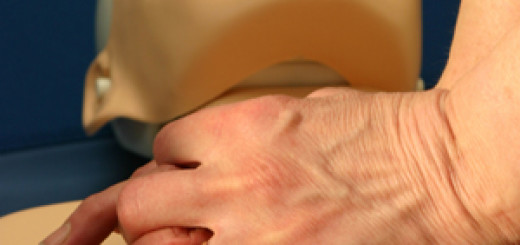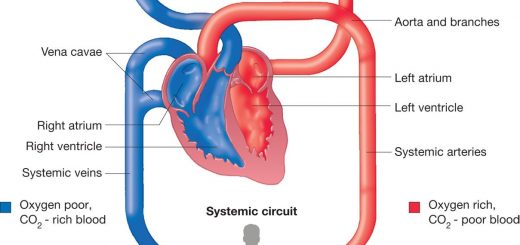What does CPR stand for in First Aid?
CPR is a medical acronym which stands for Cardiopulmonary Resuscitation.
CPR is used when a person suffers a cardiac arrest where the heart stops pumping blood around the body. A cardiac arrest is a medical emergency requiring prompt treatment in order to prevent brain damage and eventual death.
Let’s take a closer look at what the individual words mean in CPR and how you can help a victim of sudden cardiac arrest.
Cardiopulmonary (CP)
Cardiopulmonary refers to the heart (cardio) and lungs (pulmonary). Traditional CPR involves giving chest compressions (pumping the heart) and rescue breaths (breathing into the lungs) to keep blood flowing around the body.
In effect, by performing CPR, you are taking over the job of the patient’s heart and lungs. You become their life support machine!
Heart-lung resuscitation would be another way to describe cardiopulmonary resuscitation, however, CPR is the current accepted medical term.
More recently, there has been a push to teach members of the public Hands-only CPR. Hands-only CPR involves only performing chest compressions and not giving rescue breaths.
Research suggests that many people are reluctant to perform CPR due to the requirement to give rescue breaths to a stranger. Performing Hands-only CPR is much better than giving no CPR to a victim of cardiac arrest.
Resuscitation (R)
The word resuscitation literally means to “revive”. By performing CPR, you are buying time until the arrival of professional medical help.
However, it’s important to remember that CPR itself may not “revive” the patient. Advanced medical interventions or the use of a defibrillator may be required in order to re-start the victim’s heart. A defibrillator is a medical device used to deliver an electrical shock to the heart following a cardiac arrest.
How to Perform CPR
The best way to learn how to perform CPR is to sign up to a practical class in your local area. CPR is a practical first aid skill and best learned in the classroom. You can refresh your knowledge of CPR by signing up to one of our free online CPR/first aid courses, or by trying one of our CPR quizzes.





